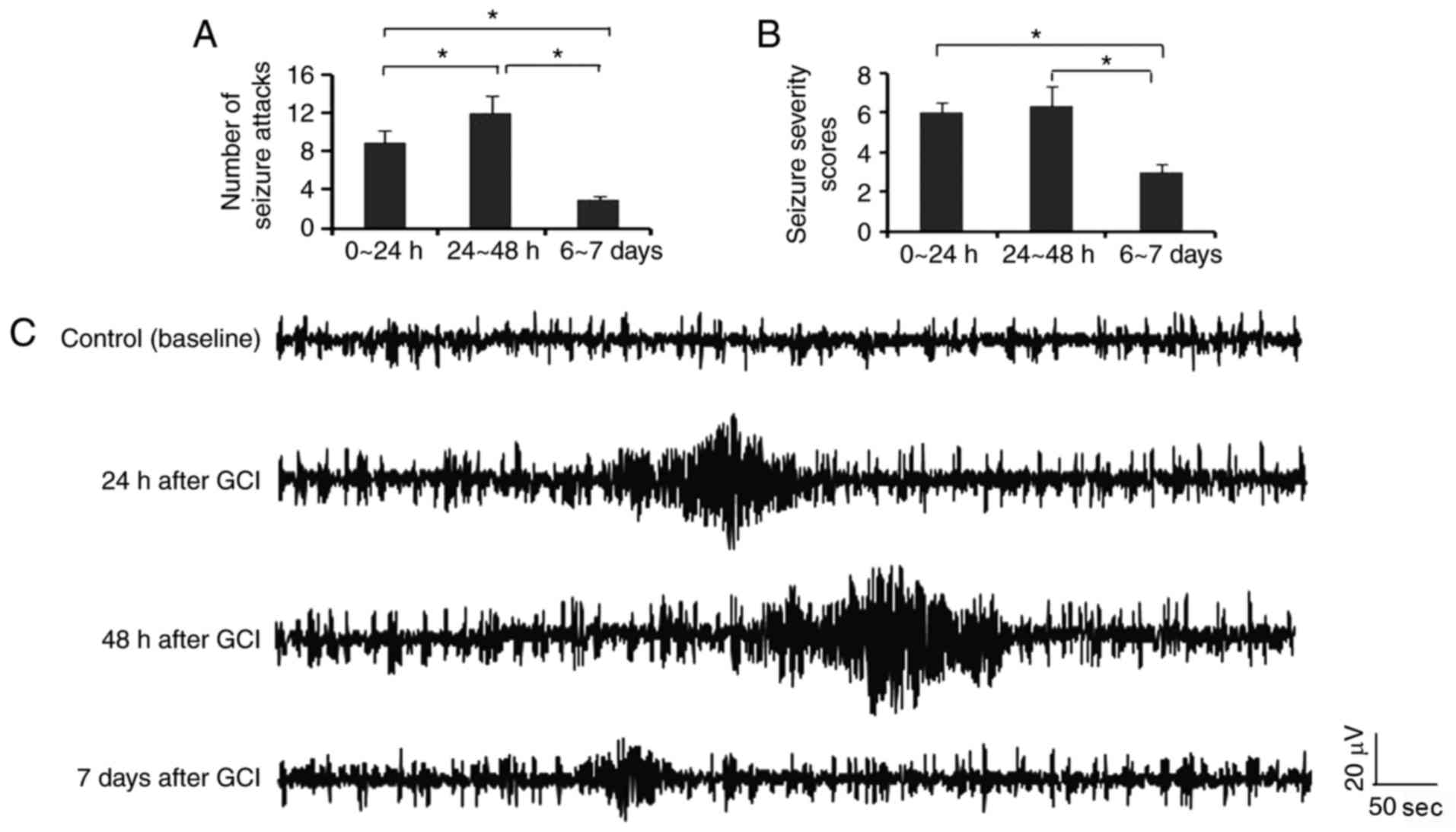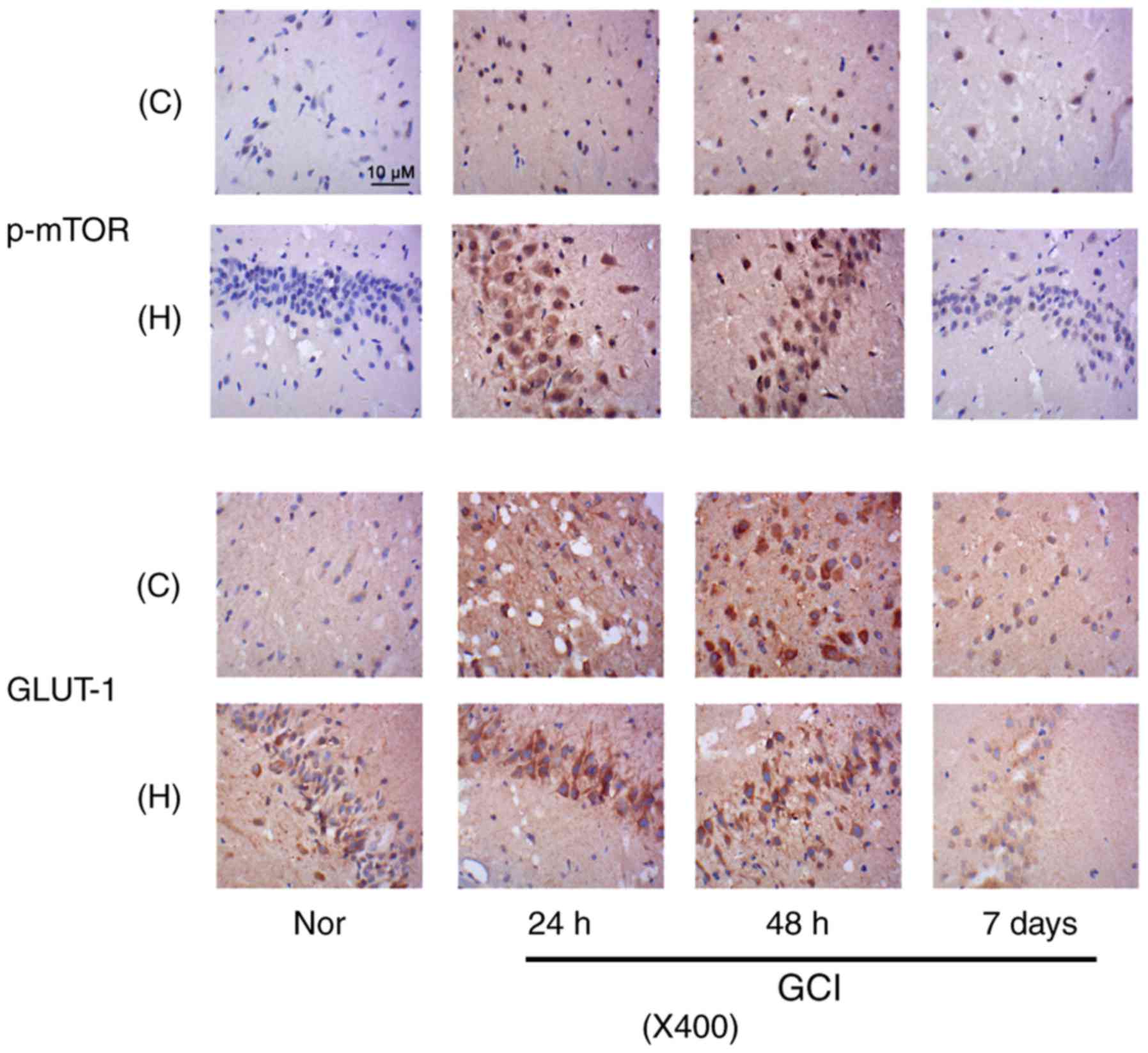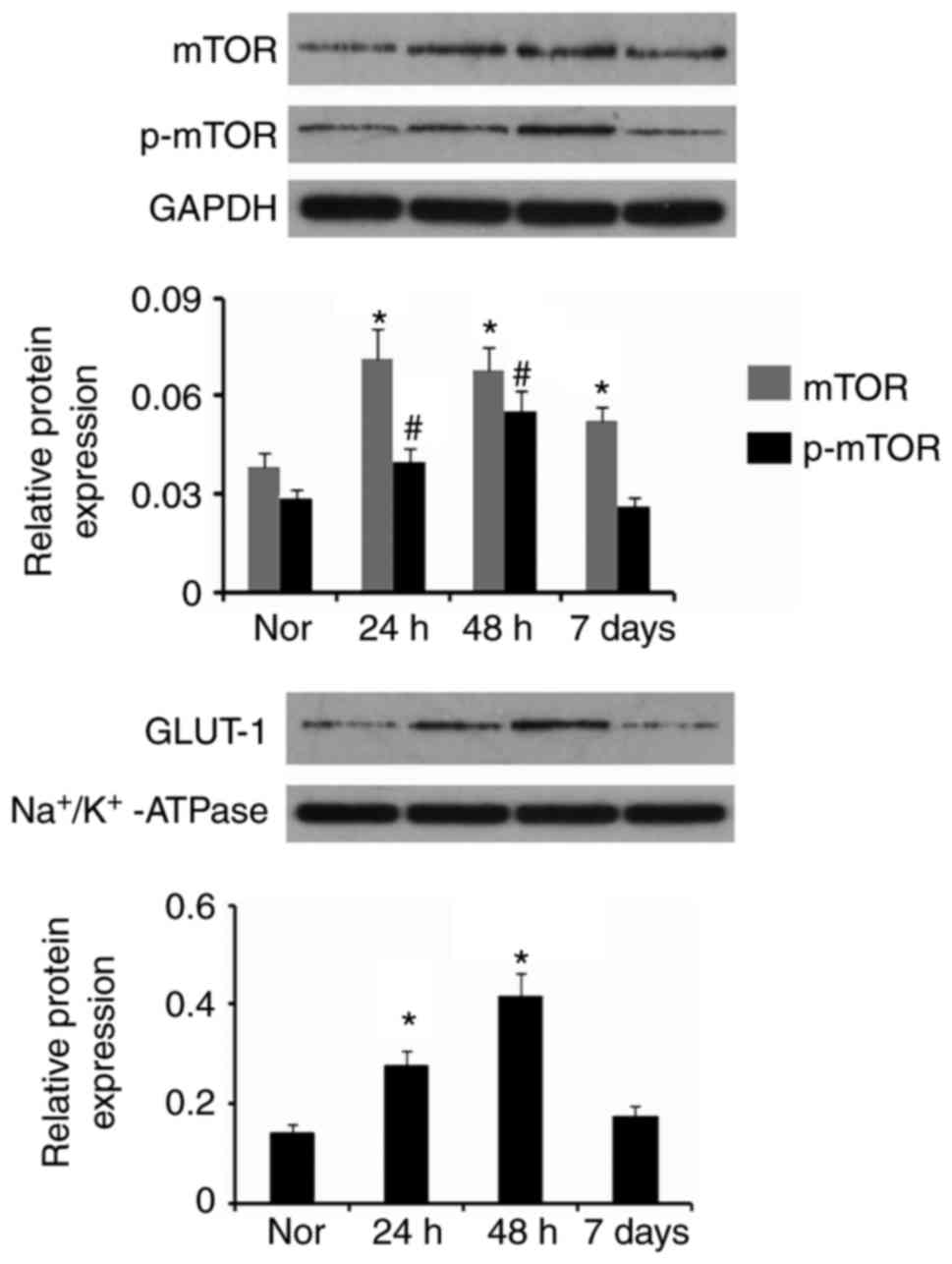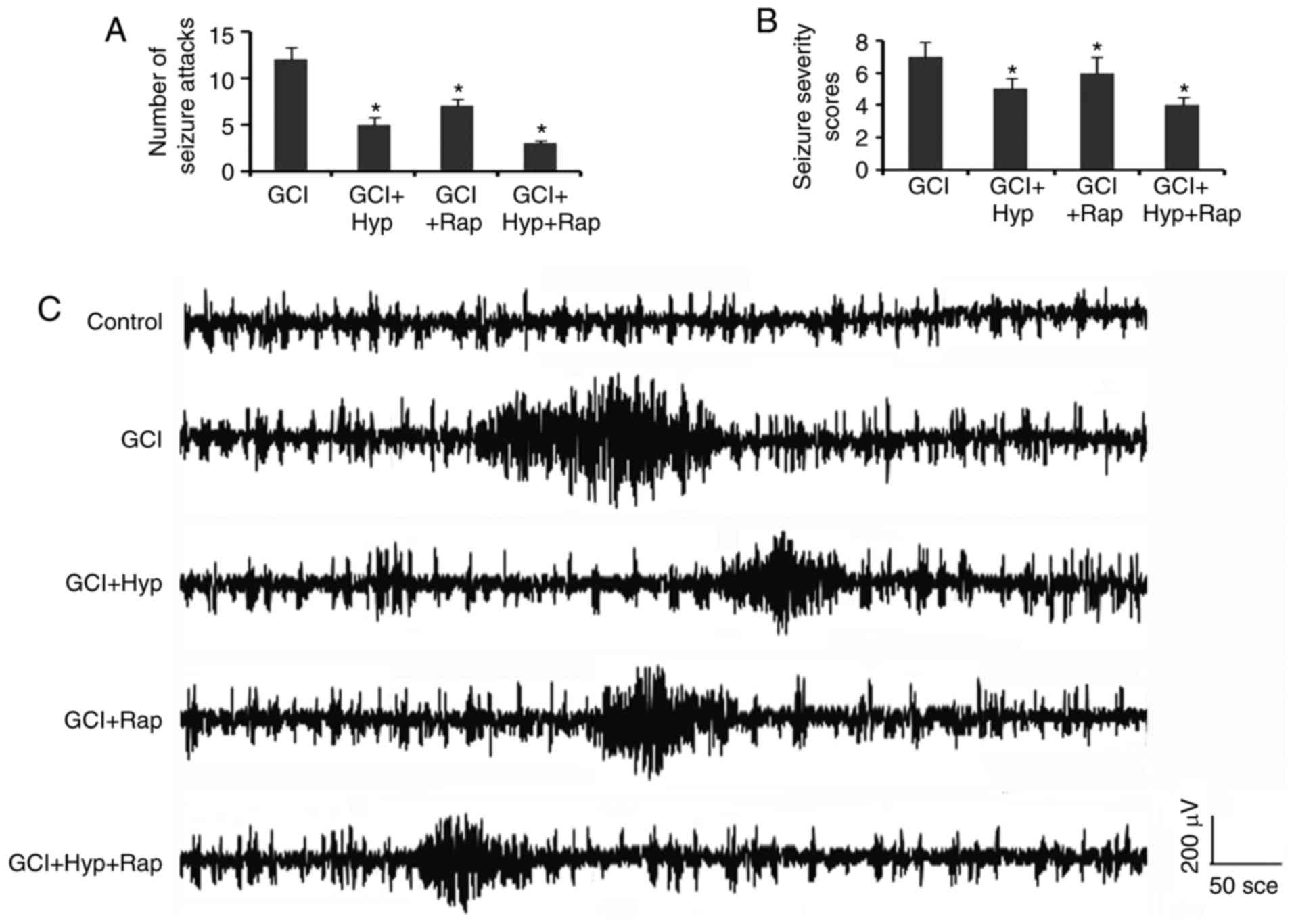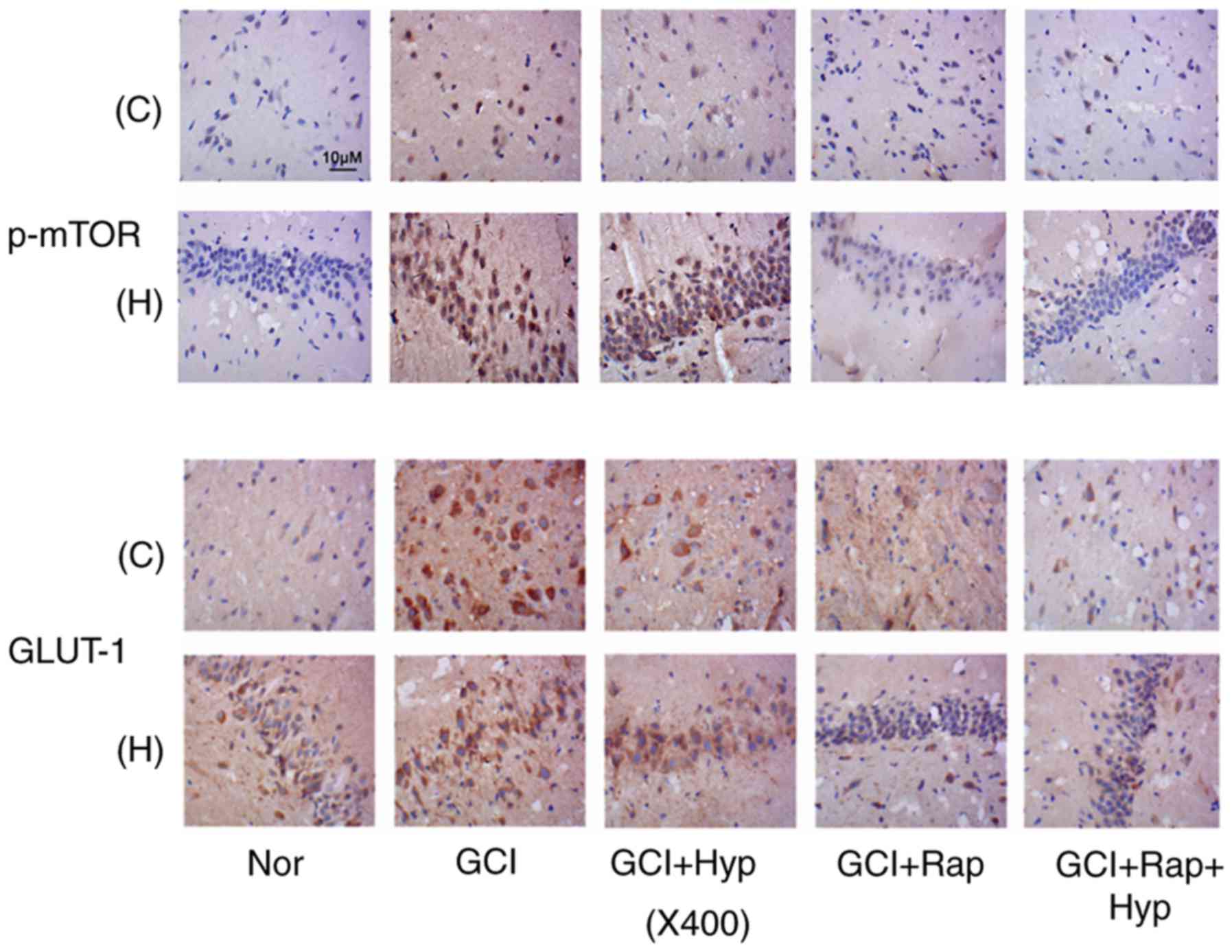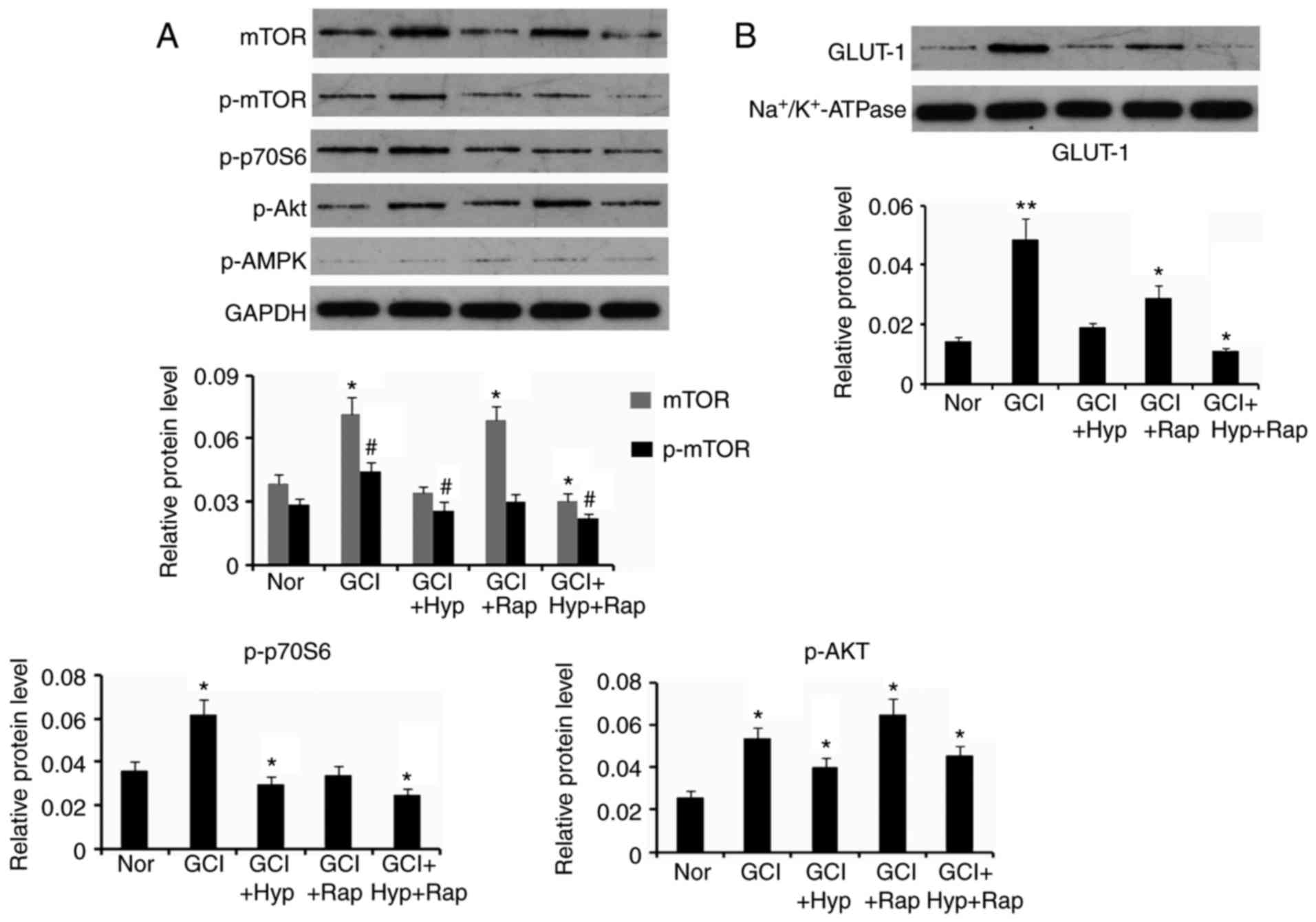|
1
|
Stefanidou M, Das RR, Beiser AS, Sundar B,
Kelly-Hayes M, Kase CS, Devinsky O, Seshadri S and Friedman D:
Incidence of seizures following initial ischemic stroke in a
community-based cohort: The Framingham Heart Study. Seizure.
47:105–110. 2017. View Article : Google Scholar : PubMed/NCBI
|
|
2
|
Wang H, Wang B, Normoyle KP, Jackson K,
Spitler K, Sharrock MF, Miller CM, Best C, Llano D and Du R: Brain
temperature and its fundamental properties: A review for clinical
neuroscientists. Front Neurosci. 8:3072014. View Article : Google Scholar : PubMed/NCBI
|
|
3
|
Lei Z, Zhang H, Liang Y and Xu ZC: Reduced
expression of IA channels is associated with post-ischemic
seizures. Epilepsy Res. 124:40–48. 2016. View Article : Google Scholar : PubMed/NCBI
|
|
4
|
Assis TM, Bacellar A, Costa G and
Nascimento OJ: Mortality predictors of epilepsy and epileptic
seizures among hospitalized elderly. Arq Neuropsiquiatr.
73:510–515. 2015. View Article : Google Scholar : PubMed/NCBI
|
|
5
|
Robertson CM and Perlman M: Follow-up of
the term infant after hypoxic-ischemic encephalopathy. Paediatr
Child Health. 11:278–282. 2006.PubMed/NCBI
|
|
6
|
Glass HC, Glidden D, Jeremy RJ, Barkovich
AJ, Ferriero DM and Miller SP: Clinical neonatal seizures are
independently associated with outcome in infants at risk for
hypoxic-ischemic brain injury. J Pediatr. 155:318–323. 2009.
View Article : Google Scholar : PubMed/NCBI
|
|
7
|
Procaccianti G, Zaniboni A, Rondelli F,
Crisci M and Sacquegna T: Seizures in acute stroke: Incidence, risk
factors and prognosis. Neuroepidemiology. 39:45–50. 2012.
View Article : Google Scholar : PubMed/NCBI
|
|
8
|
Jacobs SE, Berg M, Hunt R, Tarnow-Mordi
WO, Inder TE and Davis PG: Cooling for newborns with hypoxic
ischaemic encephalopathy. Cochrane Database Syst Rev: CD003311.
2013. View Article : Google Scholar
|
|
9
|
Azzopardi DV, Strohm B, Edwards AD, Dyet
L, Halliday HL, Juszczak E, Kapellou O, Levene M, Marlow N, Porter
E, et al: Moderate hypothermia to treat perinatal asphyxial
encephalopathy. N Engl J Med. 361:1349–1358. 2009. View Article : Google Scholar : PubMed/NCBI
|
|
10
|
Harbert MJ, Tam EW, Glass HC, Bonifacio
SL, Haeusslein LA, Barkovich AJ, Jeremy RJ, Rogers EE, Glidden DV
and Ferriero DM: Hypothermia is correlated with seizure absence in
perinatal stroke. J Child Neurol. 26:1126–1130. 2011. View Article : Google Scholar : PubMed/NCBI
|
|
11
|
D'Ambrosio R, Eastman CL, Darvas F, Fender
JS, Verley DR, Farin FM, Wilkerson HW, Temkin NR, Miller JW,
Ojemann J, et al: Mild passive focal cooling prevents epileptic
seizures after head injury in rats. Ann Neurol. 73:199–209. 2013.
View Article : Google Scholar : PubMed/NCBI
|
|
12
|
Dietrich WD and Bramlett HM: The evidence
for hypothermia as a neuroprotectant in traumatic brain injury.
Neurotherapeutics. 7:43–50. 2010. View Article : Google Scholar : PubMed/NCBI
|
|
13
|
Lasarge CL and Danzer SC: Mechanisms
regulating neuronal excitability and seizure development following
mTOR pathway hyperactivation. Front Mol Neurosci. 7:182014.
View Article : Google Scholar : PubMed/NCBI
|
|
14
|
Wong M: mTOR as a potential treatment
target for epilepsy. Future Neurol. 7:537–545. 2012. View Article : Google Scholar : PubMed/NCBI
|
|
15
|
Butler CR, Boychuk JA and Smith BN:
Effects of rapamycin treatment on neurogenesis and synaptic
reorganization in the dentate gyrus after controlled cortical
impact injury in mice. Front Syst Neurosci. 9:1632015. View Article : Google Scholar : PubMed/NCBI
|
|
16
|
Marin-Valencia I, Good LB, Ma Q, Duarte J,
Bottiglieri T, Sinton CM, Heilig CW and Pascual JM: Glut1
deficiency (G1D): Epilepsy and metabolic dysfunction in a mouse
model of the most common human phenotype. Neurobiol Dis. 48:92–101.
2012. View Article : Google Scholar : PubMed/NCBI
|
|
17
|
Pascual JM, Campistol J and Gil-Nagel A:
Epilepsy in inherited metabolic disorders. Neurologist. 14 6 Suppl
1:S2–S14. 2008. View Article : Google Scholar : PubMed/NCBI
|
|
18
|
Ullner PM, Di Nardo A, Goldman JE, Schobel
S, Yang H, Engelstad K, Wang D, Sahin M and De Vivo DC: Murine
Glut-1 transporter haploinsufficiency: Postnatal deceleration of
brain weight and reactive astrocytosis. Neurobiol Dis. 36:60–69.
2009. View Article : Google Scholar : PubMed/NCBI
|
|
19
|
Liemburg-Apers DC, Wagenaars JA, Smeitink
JA, Willems PH and Koopman WJ: Acute stimulation of glucose influx
upon mitoenergetic dysfunction requires LKB1, AMPK, Sirt2 and
mTOR-RAPTOR. J Cell Sci. 129:4411–4423. 2016. View Article : Google Scholar : PubMed/NCBI
|
|
20
|
Demel HR, Feuerecker B, Piontek G, Seidl
C, Blechert B, Pickhard A and Essler M: Effects of topoisomerase
inhibitors that induce DNA damage response on glucose metabolism
and PI3K/Akt/mTOR signaling in multiple myeloma cells. Am J Cancer
Res. 5:1649–1664. 2015.PubMed/NCBI
|
|
21
|
Inglis DJ, Lavranos TC, Beaumont DM, Leske
AF, Brown CK, Hall AJ and Kremmidiotis G: The vascular disrupting
agent BNC105 potentiates the efficacy of VEGF and mTOR inhibitors
in renal and breast cancer. Cancer Biol Ther. 15:1552–1560. 2014.
View Article : Google Scholar : PubMed/NCBI
|
|
22
|
Jiang X, Kenerson H, Aicher L, Miyaoka R,
Eary J, Bissler J and Yeung RS: The tuberous sclerosis complex
regulates trafficking of glucose transporters and glucose uptake.
Am J Pathol. 172:1748–1756. 2008. View Article : Google Scholar : PubMed/NCBI
|
|
23
|
Committee for the Update of the Guide for
the Care and Use of Laboratory Animals, Institute for Laboratory
Animal Research, National Research Council, . Guide for the Care
and Use of Laboratory Animals. 8th. The National Academies Press;
Washington, DC: 2011, PubMed/NCBI
|
|
24
|
Kawai K, Nitecka L, Ruetzler CA, Nagashima
G, Joó F, Mies G, Nowak TS Jr, Saito N, Lohr JM and Klatzo I:
Global cerebral ischemia associated with cardiac arrest in the rat:
I. Dynamics of early neuronal changes. J Cereb Blood Flow Metab.
12:238–249. 1992. View Article : Google Scholar : PubMed/NCBI
|
|
25
|
Cao L, Tian Y, Jiang Y, Zhang GJ, Lei H
and Di ZL: Down-regulation of Homer1b/c protects against chemically
induced seizures through inhibition of mTOR signaling. Cell Physiol
Biochem. 35:1633–1642. 2015. View Article : Google Scholar : PubMed/NCBI
|
|
26
|
Wu C, Wang J, Peng J, Patel N, Huang Y,
Gao X, Aljarallah S, Eubanks JH, McDonald R and Zhang L: Modeling
early-onset post-ischemic seizures in aging mice. Exp Neurol.
271:1–12. 2015. View Article : Google Scholar : PubMed/NCBI
|
|
27
|
Liu F, Benashski SE, Persky R, Xu Y, Li J
and McCullough LD: Age-related changes in AMP-activated protein
kinase after stroke. Age (Dordr). 34:157–168. 2012. View Article : Google Scholar : PubMed/NCBI
|
|
28
|
Fu L, Huang L, Cao C, Yin Q and Liu J:
Inhibition of AMP-activated protein kinase alleviates focal
cerebral ischemia injury in mice: Interference with mTOR and
autophagy. Brain Res. 1650:103–111. 2016. View Article : Google Scholar : PubMed/NCBI
|
|
29
|
Andresen M, Gazmuri JT, Marín A, Regueira
T and Rovegno M: Therapeutic hypothermia for acute brain injuries.
Scand J Trauma Resusc Emerg Med. 23:422015. View Article : Google Scholar : PubMed/NCBI
|
|
30
|
Luo M, Li Q, Dong W, Zhai X and Kang L:
Evaluation of mild hypothermia therapy for neonatal
hypoxic-ischaemic encephalopathy on brain energy metabolism using
18F-fluorodeoxyglucose positron emission computed tomography. Exp
Ther Med. 8:1219–1224. 2014. View Article : Google Scholar : PubMed/NCBI
|
|
31
|
Bakhsheshi MF, Diop M, Morrison LB, St
Lawrence K and Lee TY: Coupling of cerebral blood flow and oxygen
consumption during hypothermia in newborn piglets as measured by
time-resolved near-infrared spectroscopy: A pilot study.
Neurophotonics. 2:0350062015. View Article : Google Scholar : PubMed/NCBI
|
|
32
|
Feng JZ, Wang WY, Zeng J, Zhou ZY, Peng J,
Yang H, Deng PC, Li SJ, Lu CD and Jiang H: Optimization of brain
metabolism using metabolic-targeted therapeutic hypothermia can
reduce mortality from traumatic brain injury. J Trauma Acute Care
Surg. 83:296–304. 2017. View Article : Google Scholar : PubMed/NCBI
|



